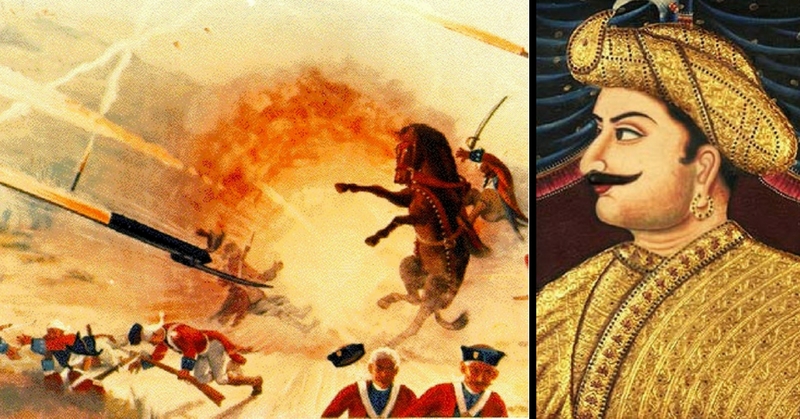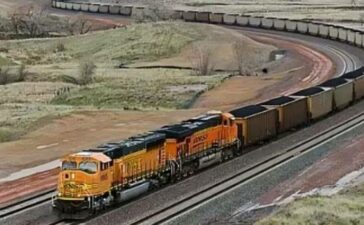Tipu Sultan, the “Tiger of Mysore”, gave his life while defending his capital Srirangapatna from the British. He is referred to as the father of modern missile technology because he gave a new concept to the world at that time. He developed the first ever iron-cased rockets in the world which were successfully deployed for military use. They were considered to be the most useful weapons of that time. British officers were shocked and didn’t know what had hit them. Here is the complete story of his Mysorean rockets.
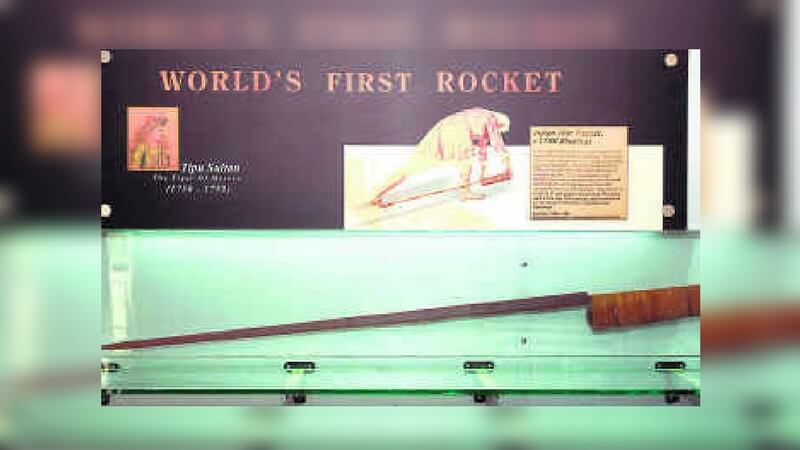
The Story Of Tipu Sultan’s Rockets
The rockets were not a new concept in warfare since the 13th century. The Chinese and the Mughals used them in their wars and even the Europeans had started trying them by the 15th century. But, all of these rockets were cardboard-made and of other soft materials and proved not as powerful. You can say they were like today’s firecrackers. So, they were not a strong weapon in the war.
Hyder Ali, the de-facto ruler of 18th century Mysore developed the first examples of explosives-filled rockets. Then his son Tipu Sultan planned and made cylindrical iron tubes that would have gunpowder in them and would travel to a greater range of 2 km. Then to provide stability and better accuracy, he fastened them to bamboo poles or swords. The rockets produced were very destructive and the best in the world of that time.
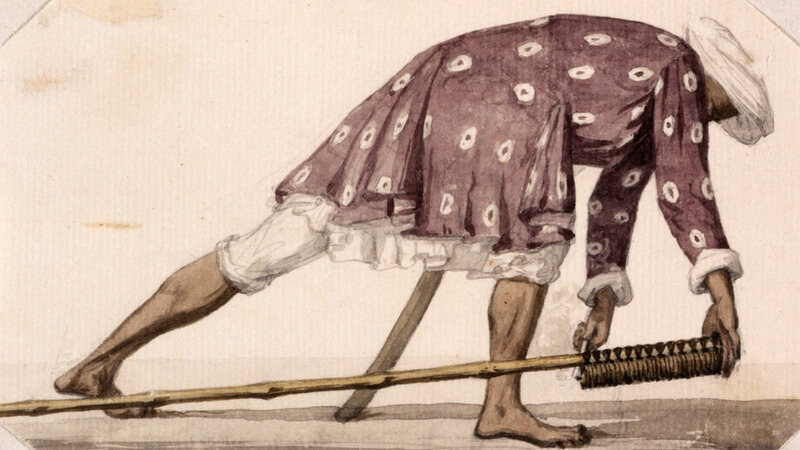
He used those rockets during the Anglo-Mysore Wars of the late 1700s. In the Battle of Pollilur ( the Second Anglo-Mysore War in 1780), Tipu’s rockets set afire the East India Company’s ammunition dumps. It was the British Army’s one of the worst ever defeats in India.
The Britishers, completely astonished, didn’t know what hit them. They were in so fear that they described those iron tubes filled with gunpowder on swords as “flying plagues”.
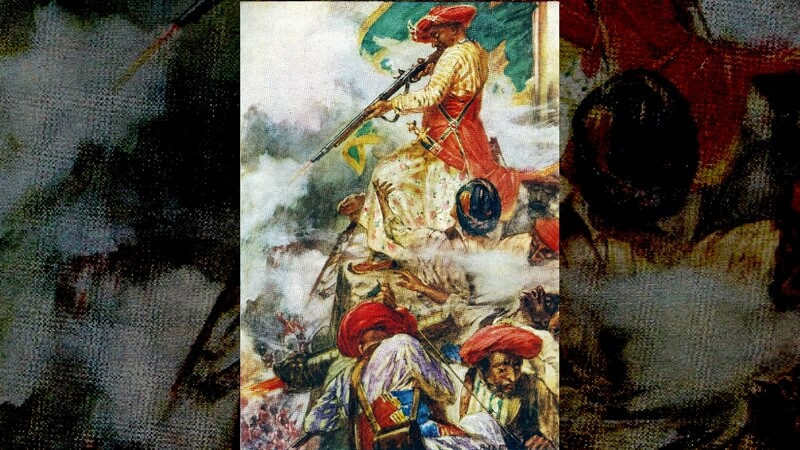
There was superior quality of hammered iron in Mysore. Tipu took advantage of them and established four taramandalpets (‘star-cluster bazaars’) at Srirangapatna, Bidanur, Chitradurga, and Bangalore to conduct research on rocket technology. Their craftsmen aka rocketmen called jourks, conducted different research and experiments to improve the rockets, their accuracy, and range. Also, they learned calculations to help them adapt to different launch settings for different targets and lengths. For example, wheeled carts fitted with rocket ramps made to allow the rocket cushoons to launch multiple rockets at a time.
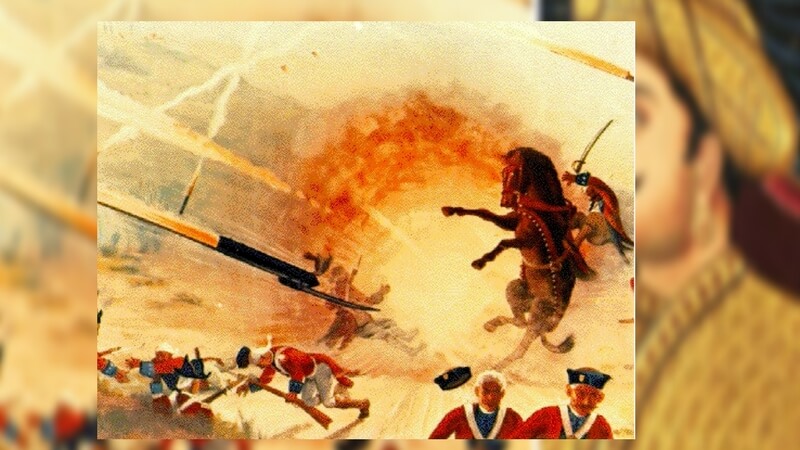
A Help For Britishers Later
After the fall of Srirangapatna in 1799, the British Army discovered as many as 600 launchers, 700 serviceable rockets and 9,000 empty rockets at Tipu’s fort. The Royal Artillery Museum in Woolwich received most of them. This inspired it to start a military rocket research and development program in 1801.
William Congreve started studying them there and did some fine reverse engineering to invent the Congreve rocket which had collapsible frames for launching. And then, it was Iron Duke Wellesley who would go on to use these Congreve rockets against Napoleon and defeat him at the Battle of Waterloo in June 1815.

According to aerospace scientist Prof. Roddam Narasimha, “It was Tipu who first realized the full potential of rockets as weapons both in his mind and on the field”. He added,” He used them to create havoc in the East Indian Company lines”. All the rockets in the world today somewhat originated from those which were in use during the wars in Mysore.
If you wish to know more about him, you can visit Tipu Sultan Museum in Srirangapatna in Karnataka. The museum has various paintings of the great fighter. It really feels amazing to know that our fighters fought with courage and intelligence for our freedom. And to know that they had so much talent is really remarkable. If you want to know about present-day warriors have a look at this defense officer who carried her 5-days-old child in her husband’s funeral march, The story is very heart touching.


